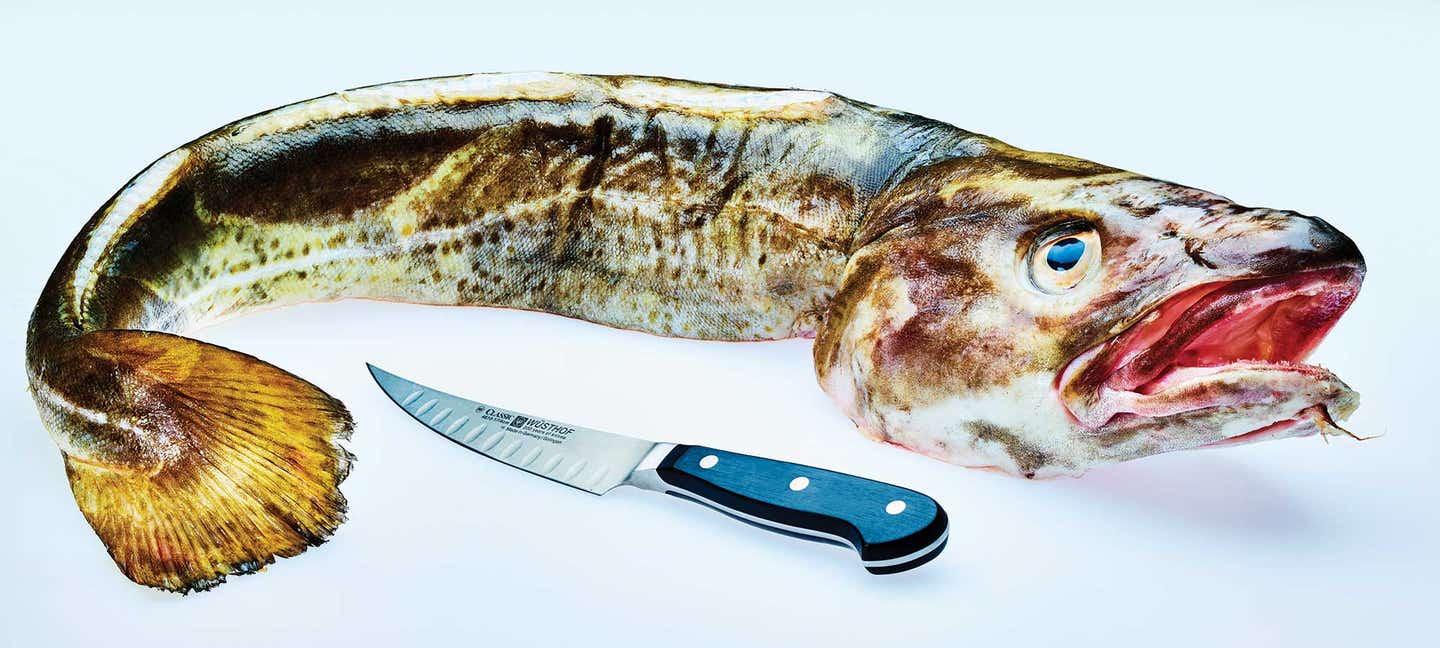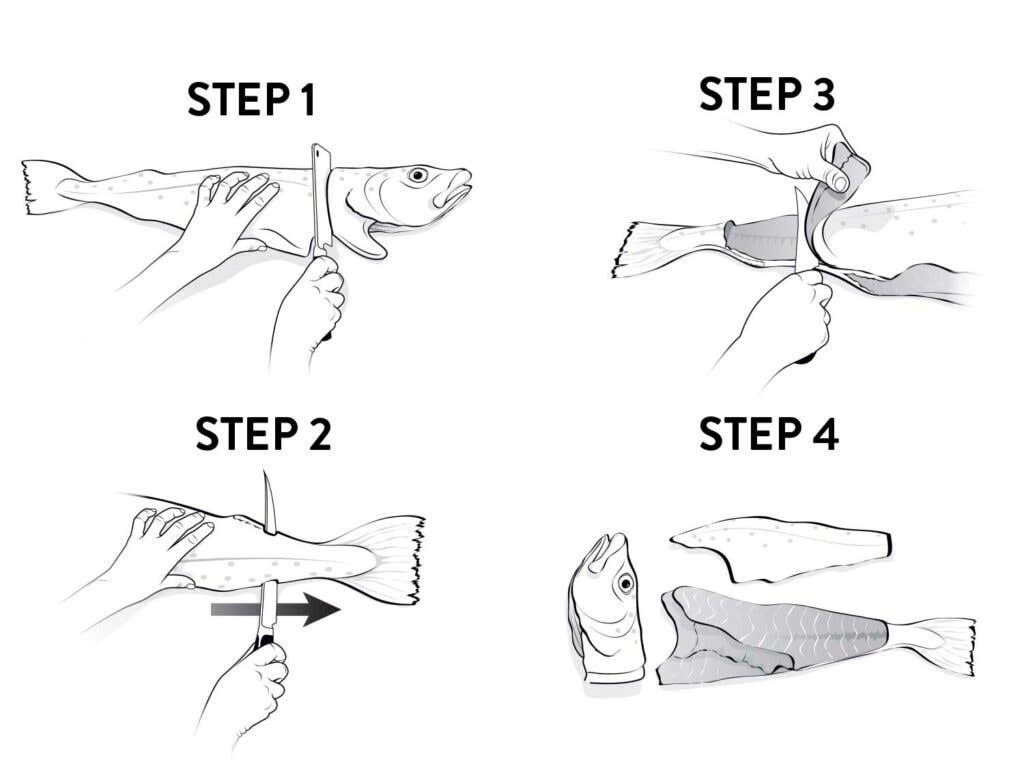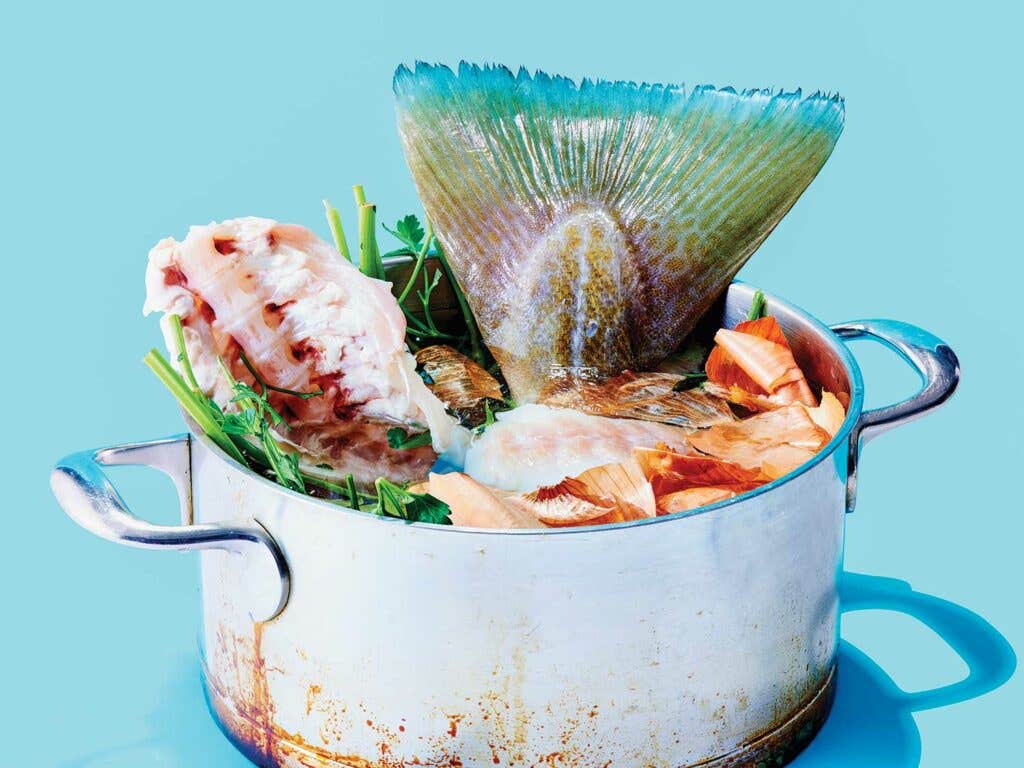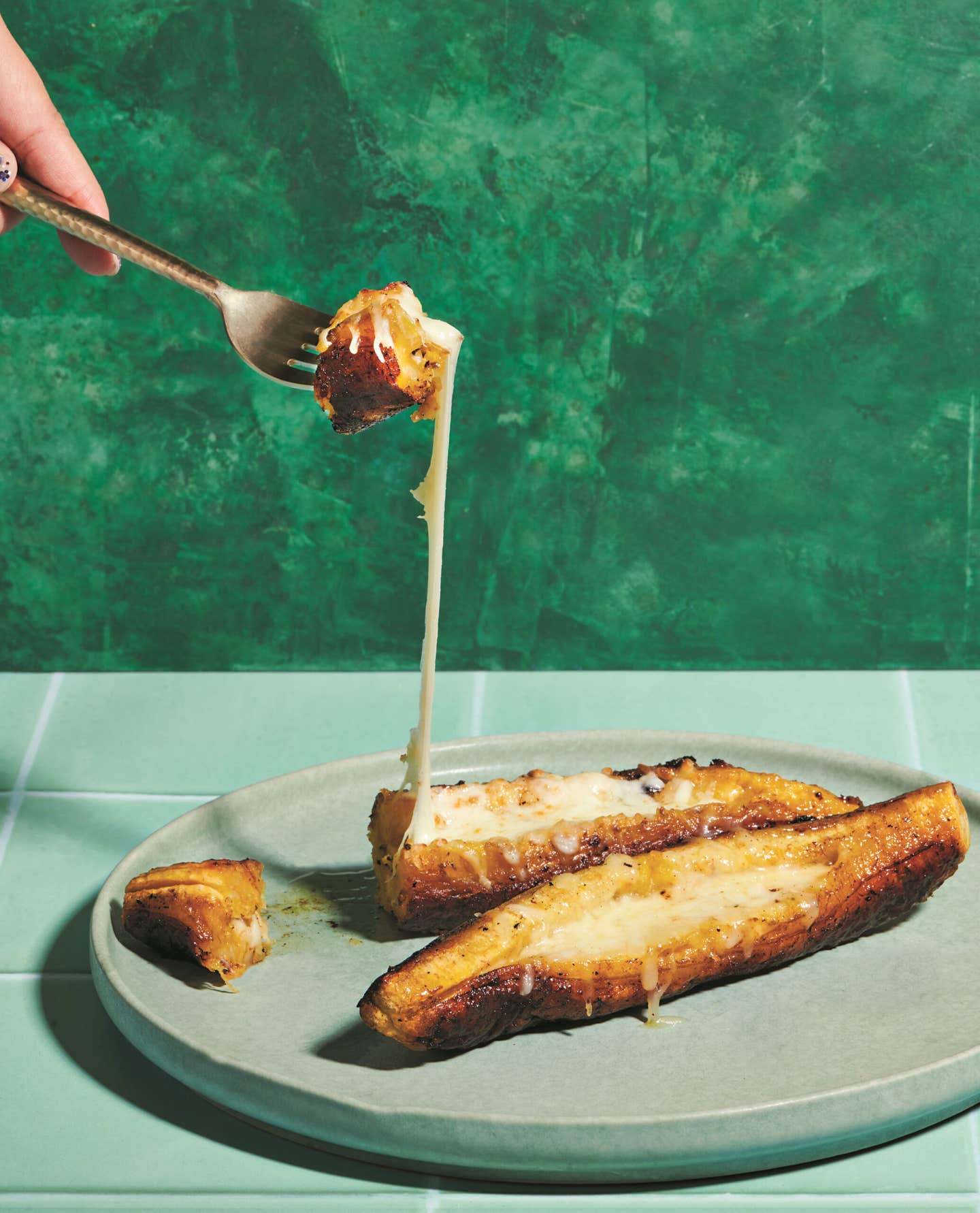
For the better part of American seafood history, home cooks deftly dealt with whole fish, whether they bought them or reeled them in themselves. But when pre-processed fillets were introduced into the American marketplace in the 1920s, these prime cuts became the preferred part of the fish. The rest was processed into animal feed and fertilizer.
As a nation of cooks, generally speaking, we have lost the skill (and maybe the will) to break down and cook whole fish. But by giving way to the convenience of fillets in the kitchen, we’ve also lost the pleasures of eating the different parts of the fish at the table. Just as the nose-to-tail movement has taught meat eaters to cook and enjoy more than the prime cuts, using every part of a fish reduces waste and encourages a thoughtful approach to fish consumption, helping to avoid the complete collapse of our delicate ocean stocks.
Atlantic cod is arguably the most important fish in American history because it was the species with which the colonists took their first steps toward economic and political freedom. It was tragically overfished in the 20th century, and stocks still remain low. Management plans now ensure that some Atlantic cod is pulled out of the sea at sustainable rates, but unfortunately, a responsibly fished whole cod is still harder to find than cut fillets in retail outlets. It can also be hard to tell whether a given fish has been responsibly harvested, but third parties such as Monterey Bay Aquarium Seafood Watch or the Marine Stewardship Council can help identify which cod is best from that point of view. If you can’t find a sustainably harvested cod, the recipes that follow will work with any 6- to 8-pound whole fish. If you’re on the West Coast, look for rockfish or Pacific cod. For the landlocked, try steelhead trout or salmon.
Fitting a whole fish into your life takes a bit of planning and some extra refrigerator space. But the effort will be worth it: Breaking one down and cooking with it is an engaging weekend project that will yield several easy and epic weekday meals, with flavors and textures you won’t get any other way.
Break It Down
You don’t have to do it all yourself: Ask for your fish head-on, but scaled and gutted, with fins removed. At that point, all you need is a big cutting board, a few sharp knives, and these instructions.

Step 1
Off with its Head Lay the cod on a large, washable cutting board, and use a heavy, sharp cleaver or chef's knife to cut off the head, starting about 2 inches behind the gills. Apply some force through the backbone. Put the head in a bowl; cover and refrigerate.
Step 2
Start Filleting Beginning a third of the way from the tail, with the spine of the fish facing you, poke a fillet knife through the spine side and underneath the fillet. Cut toward the tail, easing the blade under the fillet against the bones until you have created a flap.
Step 3
Remove the Fillet Rotate the fish 180 degrees. Turn the knife toward the head to remove the fillet in one piece. (As you cut, lift up the flap to see better.) Divide the "captain's cut"—the thicker two-thirds—from the "mate's cut," the thinner end. Carefully cut away the skin on the thicker fillet.
Step 4
Clean and RepeatFlip the fish and repeat on the second side. Tweeze out any pin bones from each fillet. Hold the fillets up to a light to check for worms and remove. (It's a reality of nature that some cod will have them. They are completely safe to eat, though, if you miss one.)
Whole Fish Game Plan
There’s an ideal use for each and every piece.
Panko and Herb-Crusted Cod Fillets
Though you’ll often see cod fillets fried on American menus, cooking it under a broiler allows you to add layers of toppings, and the fish’s delicate flavor is brought out and brightened by the tang and aroma of citrus. This large-format recipe uses the full captain’s cut (the meaty top two-thirds of the fillet located near the head). It is relatively even in thickness, making it ideal for roasting and broiling, and can serve a crowd. Get the recipe for Panko and Herb-Crusted Cod Fillets »
Roasted Cod Head with Lemon and Butter
All fish heads are not created equal. Unlike some scantier fish, cod heads have heaps of flavorful meat in the cheeks, collar, and forehead. Get the recipe for Roasted Cod Head with Lemon and Butter »

Cod and Pearl Onion Stew
This creamy, smoky stew subtly flavored with Spanish paprika can be made using scraps picked from fish bones. Get the recipe for Cod and Pearl Onion Stew »
Keep Reading
Continue to Next Story










